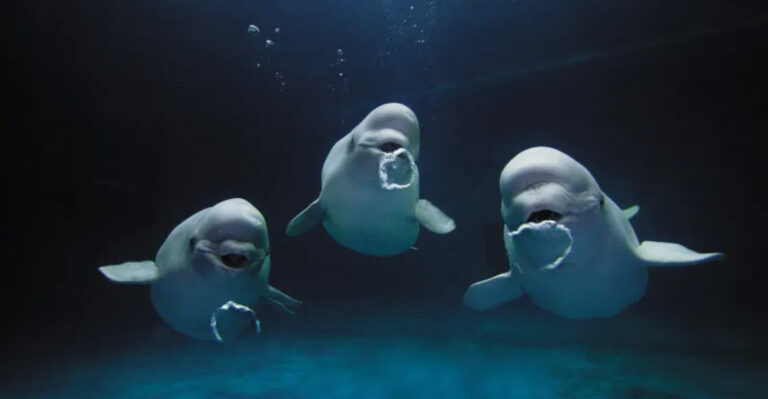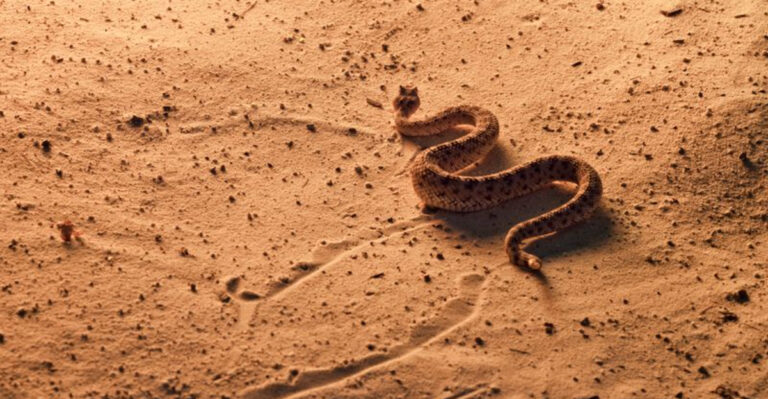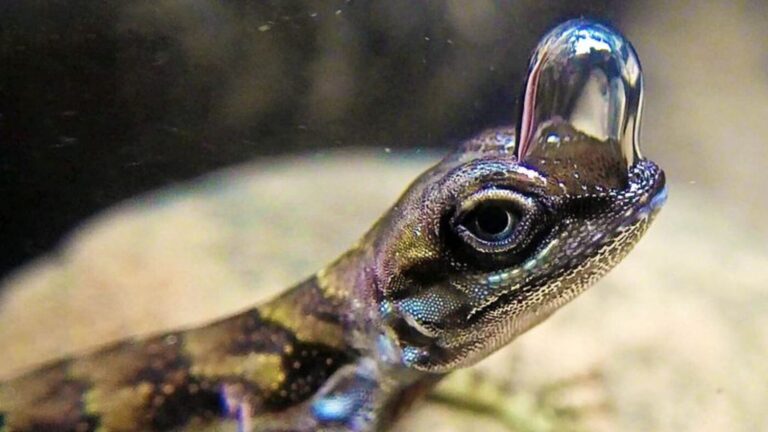Shark Cathedral Discovery: These 12 Mysterious Creatures Are Older Than Trees
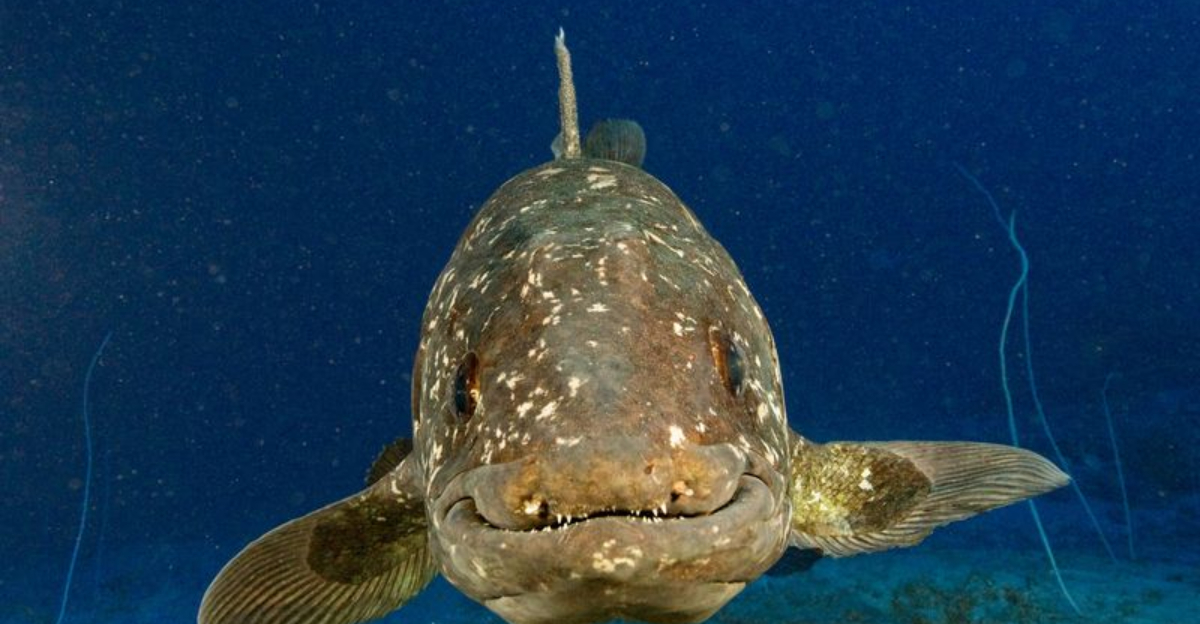
When dinosaurs roamed the earth, trees were just beginning to spread across the landscape. Yet deep in our oceans, incredible creatures were already ancient. Scientists have discovered a unique marine ecosystem they’re calling the ‘Shark Cathedral’ where these living fossils still thrive today.
These mysterious ocean dwellers have survived multiple mass extinctions and offer a rare glimpse into Earth’s distant past.
1. Frilled Shark
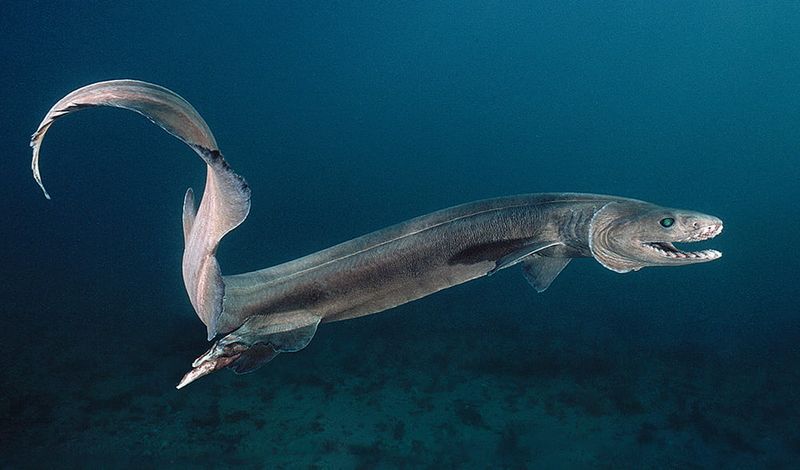
Lurking in the ocean depths is a creature time forgot. The frilled shark glides through dark waters with a serpentine body that hasn’t changed in 80 million years.
Its mouth contains over 300 needle-like teeth arranged in 25 rows, perfect for trapping squid and fish. Scientists rarely encounter these living fossils as they prefer depths of 4,200 feet, making them mysterious ocean phantoms.
2. Nautilus

Graceful spiral shells hide one of evolution’s greatest success stories. Nautiluses have remained virtually unchanged for over 500 million years, outlasting countless species that evolved and disappeared.
Their beautiful chambered shells contain up to 90 tentacles used for feeding and movement. Unlike their cephalopod cousins like octopuses, nautiluses lack advanced vision and rely on smell to hunt in twilight depths of 1,000 feet.
3. Coelacanth
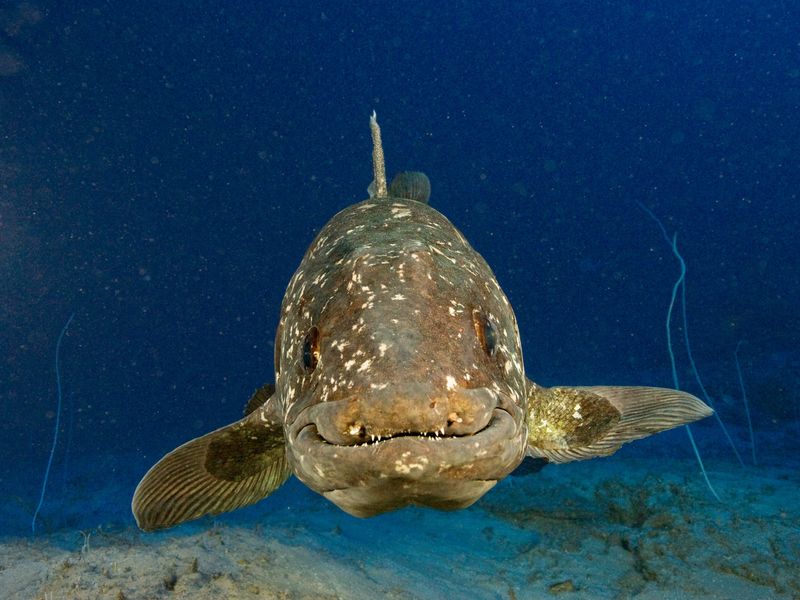
For millions of years, everyone thought they were gone forever. Then in 1938, a South African museum curator spotted one in a fishing haul, shocking the scientific world.
Coelacanths represent one of the most remarkable rediscoveries in natural history. These lobe-finned fish have peculiar limb-like fins that hint at the evolutionary link between sea creatures and land animals, swimming through the depths essentially unchanged for 400 million years.
4. Goblin Shark
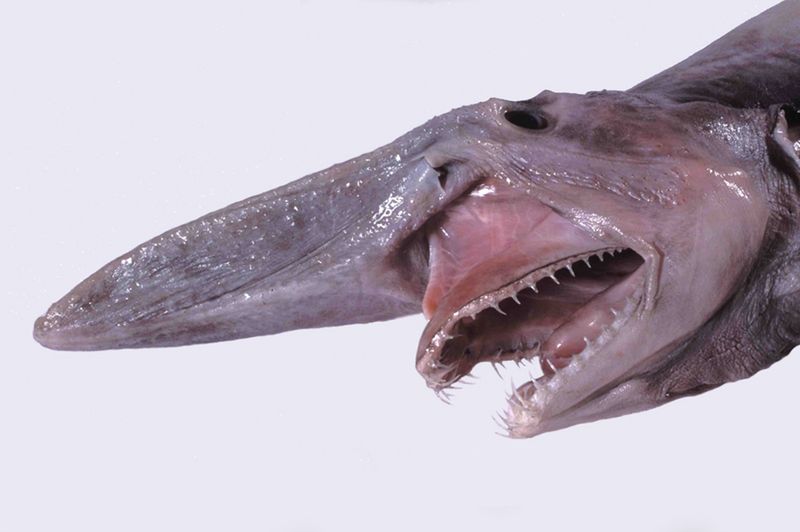
Pink-skinned and bizarre, the goblin shark patrols deep waters with a face only evolution could love. Its most striking feature is a sword-like snout above jaws that can suddenly project forward to capture prey.
Rarely seen alive, these 125-million-year-old oddities grow up to 12 feet long and hunt by sensing the electrical fields of nearby creatures. Their ghostly appearance and ancient lineage have earned them the nickname “living fossil” among marine biologists.
5. Horseshoe Crab

Before trees existed, horseshoe crabs were already ancient. These remarkable arthropods have survived virtually unchanged for 450 million years, outlasting dinosaurs and countless other species.
Despite their name and appearance, they’re more closely related to spiders than crabs. Their blue copper-based blood is invaluable to medical science for detecting bacterial contamination in vaccines and medical equipment, potentially saving countless human lives each year.
6. Sixgill Shark

Most modern sharks have five gill slits, but the sixgill shark breaks this rule. This evolutionary holdover from the Jurassic period maintains features that most sharks lost millions of years ago.
Growing up to 16 feet long, these giants prefer deep, cold waters where they can avoid human contact. Their extra gill slit is just one primitive characteristic; they also have a single dorsal fin positioned far back on their body, unlike the dual fins of most sharks today.
7. Hagfish
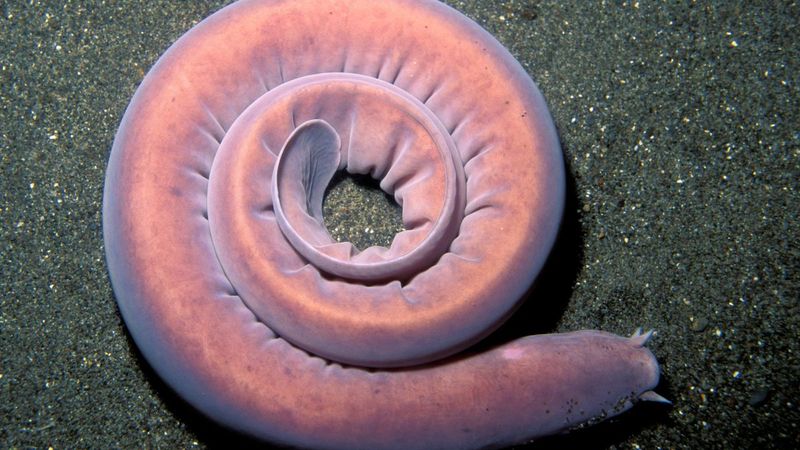
Masters of disgusting defense mechanisms, hagfish have survived for over 500 million years by being thoroughly unappetizing. When threatened, they produce gallons of slime that can choke predators attempting to eat them.
These jawless, eel-shaped creatures lack a spine and even proper eyes. Instead of jaws, they sport rasping plates perfect for tearing into dead and dying sea creatures. Scientists consider hagfish a crucial link in understanding how vertebrates evolved.
8. Lamprey

Sporting one of nature’s most nightmarish mouths, lampreys have remained essentially unchanged for 360 million years. Their circular sucker contains concentric rings of sharp teeth they use to latch onto fish and drain their bodily fluids.
Like their ancient cousins the hagfish, lampreys lack jaws and represent a fascinating evolutionary step. Some species spend their lives in freshwater, while others migrate between rivers and oceans, maintaining behaviors established hundreds of millions of years before humans existed.
9. Sturgeon

Armored giants of rivers and lakes, sturgeons have patrolled freshwater systems for over 200 million years. Their distinctive rows of bony plates called scutes protect them like medieval knights.
Instead of teeth, they use vacuum-like mouths to suck up small creatures from river bottoms. Some species can live over 100 years and grow longer than 12 feet. Sadly, their eggs, prized as caviar, have led to severe overfishing, threatening these magnificent survivors with extinction after outlasting dinosaurs.
10. Ghost Shark

Neither true shark nor ghostly apparition, the chimera or ghost shark represents a 400-million-year-old branch of cartilaginous fish evolution. Their haunting appearance includes large eyes that glow in the dark depths where they dwell.
Male chimeras possess a bizarre retractable club on their head used during mating rituals. Unlike their shark relatives, ghost sharks crush prey with flat tooth plates rather than sharp teeth, specializing in hard-shelled creatures that roam the ocean floor.
11. Spiny Dogfish
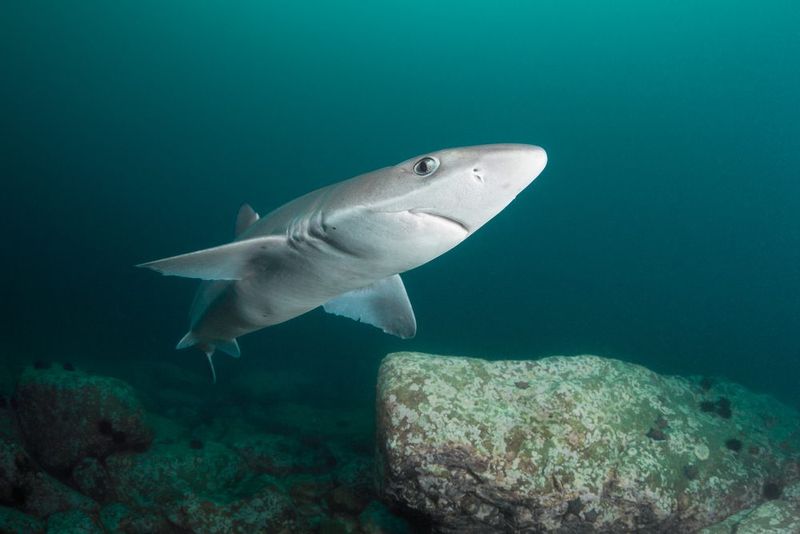
Small but incredibly successful, spiny dogfish sharks have patrolled our oceans for over 200 million years. Named for the defensive spines in front of their dorsal fins, these modest sharks travel in large schools for protection.
Among the most abundant sharks worldwide, they’ve perfected the art of survival through sheer adaptability. They’re also among the longest-lived vertebrates, with females not reaching maturity until age 20 and potentially living past 100 years in cold northern waters.
12. Acanthodians
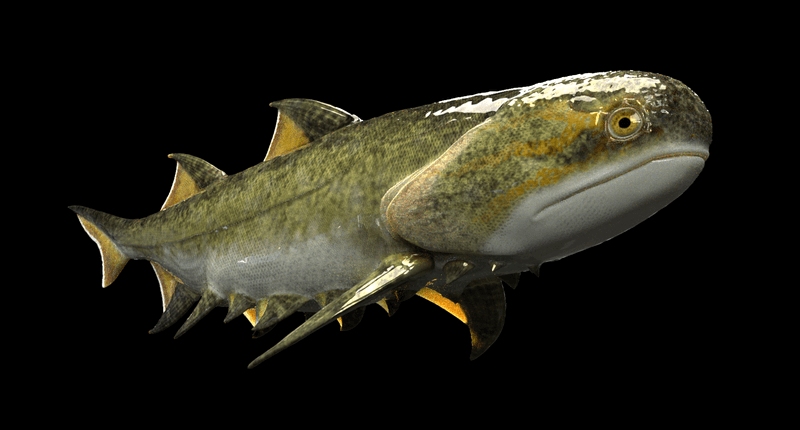
Though extinct today, acanthodians or “spiny sharks” represent a crucial evolutionary junction where our fishy family tree branched toward both sharks and bony fish. These ancient creatures first appeared over 420 million years ago.
Fossil records show they pioneered paired fins supported by spines, a revolutionary body plan. While they vanished around 250 million years ago, their genetic legacy lives on in virtually every fish swimming today. They’re essentially the great-great-grandparents of modern fish.

